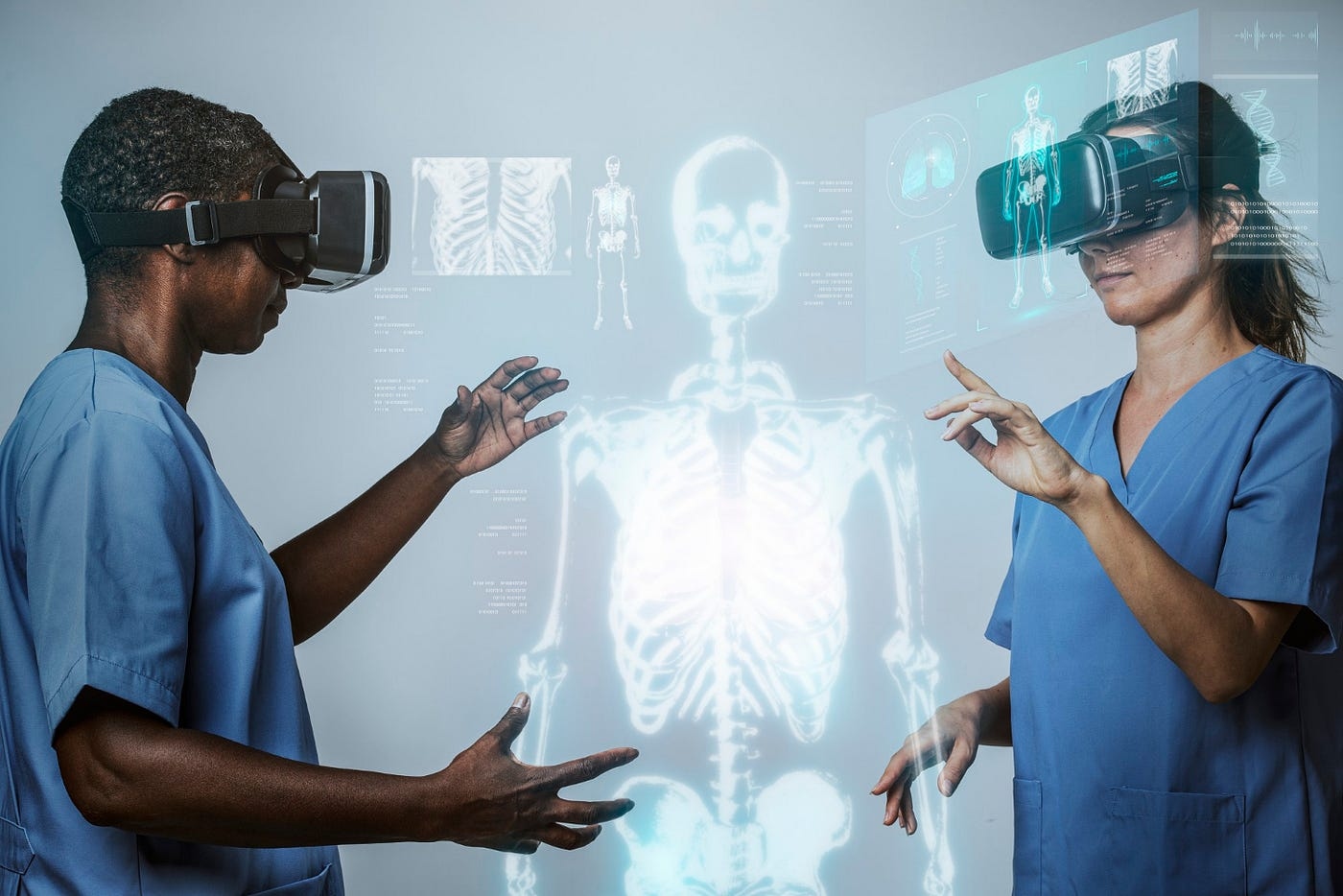
How to Close the Sick Care Digital Divide
2019 will be a big year for 5G. But, as the saying goes, the future is now, just unevenly distributed.
A report from the Dallas Federal Reserve Bank recently reviewed how the digital divide impacts members of communities, noting that "access to broadband has become essential to make progress in all areas of community development—education and workforce development, health, housing, small-business development and access to financial services. Furthermore, as the digital economy grows, digital inclusion represents economic inclusion. Yet broadband access and adoption continue to lag behind for certain population segments, including low-income and rural (or mountain) communities. This is referred to as the digital divide—i.e., the gap between people who have access to broadband services and know how to use the internet and those who do not have such access or knowledge. The digital divide leads to further economic, social and political disparities for low-income and underserved populations."
The report further goes on to note that today, the provision of quality health care relies on the use of digital health information and tools. Increasingly, health providers expect their patients to use digital tools and applications to ensure better health outcomes. Without broadband access, digital literacy training and technical support, LMI patients are at a disadvantage when it comes to managing their health outcomes in a digital society. In addition, some geographies with broadband access may not have sufficient speeds to accommodate the transmittal of certain data used in telemedicine.
To achieve success, it is critical to invest in community programs that include all of the “three legs of the stool” of broadband adoption:broadband access, computer access and training and technical assistance.
Those seeking solutions needs to recognize that the digital divide reduces health literacy and the converse – low health literacy worsens the digital divide. Consequently, using digital health to meet the sick care needs of the 5% of patients accounting for 50% of the US sick care budget is challenging
So, what is the solution? One unlikely one is to build a national information highway similar to our interstate highway system. However, even if we were to embrace that "moonshot" , we would need to take these crucial steps to accomplish it. What's more, it would only address one leg of the three legged stool, requiring computer access and technical support and training to make it work.
The digital divide is global. In fact, at its most basic level, millions lack electricity. 7.6% of those living in Burundi have access to electricity. There are 11 million people with low or no digital skills in the UK, and there is a very significant overlap between those who are digitally excluded and those who suffer from health inequalities. Half of all people who are offline have a disability, and among over 65s (who account for half of NHS spending) more than a third (36%) have never been online.
If they remain disengaged from the digital world, they won't be part of a culture of preventive care. The digital divide is one of the reasons why we are having trouble changing sick care to health care.
My guess is that states, not the federal government, will take on the responsibility for closing the digital divide, if for no other reason than their Medicaid costs will bust their budgets and skyrocketing health insurance costs in rural and mountain areas are creating havoc with their economic development agendas. But, like so many other issues, closing the digital divide is a wicked problem but that has not stopped states from trying.
Social determinants of health include the physical environment. It's time we include broadband and computer access to the list. Over 24 million Americans still lack fixed terrestrial broadband at speeds of 25 Mbps/3 Mbps.
Would you want to raise your family or work in a place where you can't get broadband, housing is unaffordable and health insurance is out of the question? I didn't think so.
Arlen Meyers, MD, MBA is the President and CEO of the Society of Physician Entrepreneurs on Twitter@ArlenMD.
Trending
-
1 Mental Health Absences Cost NHS £2 Billion Yearly
Riddhi Doshi -
2 Gut Check: A Short Guide to Digestive Health
Daniel Hall -
3 London's EuroEyes Clinic Recognised as Leader in Cataract Correction
Mihir Gadhvi -
4 4 Innovations in Lab Sample Management Enhancing Research Precision
Emily Newton -
5 The Science Behind Addiction and How Rehabs Can Help
Daniel Hall





Comments